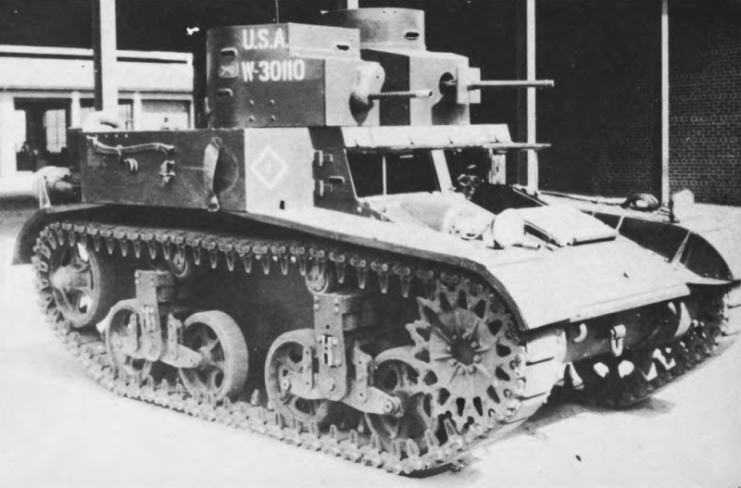This is going to be a brilliant little model. When it's finished, wrapping the rear deck and engine compartment with a woolen blanket would be the icing on the cake.
Regarding the .50 fitment, I would've sworn it would work. A .50 has a 65in overall length, and a 45in barrel length - so about 20" hanging out in the back. The M1914 Hotchkiss installed on the FT has a 50in overall length and a 30in barrel - again, about 20" left over. Of course, I pulled the numbers from Wikipedia, so...
Sorry about not using metric, my brains are mushy today and I can't convert.
Thanks mate! 👍
To give any space for the commander to operate the M2 it would have to be mounted such that the ammunition feed would be almost in the mantlet. I will have a play with the kit’s M1914 Hotchkiss to see how it sits within the turret but the M2 just looks huge. 🤔
Norwegian Truge Update:
I have looked a bit further into the feasibility of mounting a M2 0.5" Browning HMG into the Truge's turret and here are my findings/observations:
Not surprisingly, the 0.5" (12.7mm) M2 is much larger overall than the 8mm M1914 Hotchkiss. Although Wiki states that both weapons have a body length of 20", this factoid can be deceiving - as you can see in the image below, this fact is only true if you measure the whole body length of the M1914 (inc rear grip) and you only measure the M2 to the rear of the main body and exclude the trigger mechanism and spade grips. Furthermore, the ammunition feed of the M2 is further forward in the body (and larger) than the M1914. The end result of all these observations, is that the M2 is, effectively, much longer than the M1914.
To make matters worse, the M2 is designed to be operated with the firer directly behind the weapon with, at best, the spade grips close to their chest. Side mounted grip triggers became a thing much more recently but still require the operator to be directly behind the weapon. Although the M2 is quite versatile in that you can swap most of the components to either side, generally, the ammunition feed and cocking handle are on opposite sides. Not a problem when stood behind the weapon as both are easily accessible. However, the cocking handle would not be accessible if stood to the side of the ammunition feed. The cocking handle also needs a considerable heave to operate - not too bad when stood behind the weapon but, I would say, almost impossible if reaching over the weapon from the opposite side.
The M1914, on the other hand has its ammunition feed and cocking handle on the same side. It also has a pistol grip type trigger assembly which allows the operator to be stood to one side when firing (easy access to the telescope sight).
The second and third pics give you an idea of the relative space taken up by each weapon - I have positioned them such that their respective ammunition feeds sit at, more or less, the same position - all a bit shoogly as nothing is glued in!
Unfortunately, not looking at all good for the M2... ☹️
Last edited:
